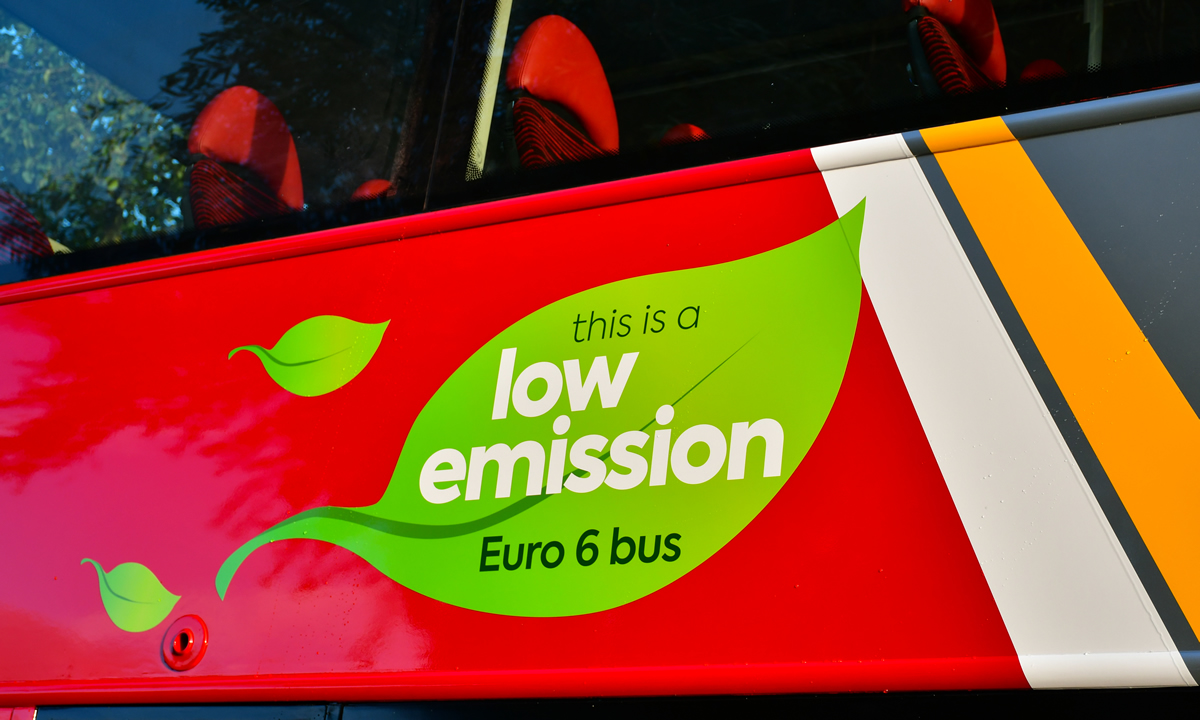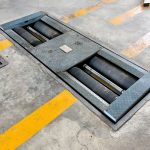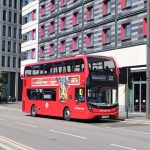SCRT exhaust retrofits can comply with CAZs, despite a report identifying poorer than expected real-world results and the end of government funding for the CVRAS scheme, a supplier tells us
When the government last October formally confirmed the end of funding for selective catalytic reduction technology (SCRT) exhaust retrofits, it was a pivotal moment for the Clean Vehicle Retrofit Accreditation Scheme (CVRAS).
Although the technology had been credited in trials for nitrogen oxides (NOx) reductions of up to 90%, further tests showed that, in real-world settings, the average reduction from retrofitted buses compared to non-retrofitted Euro V buses was just 11%.
That data was confirmed by a government-commissioned report published last year after doubts around its effectiveness had led to the pausing of funding for the scheme in 2023.
With £95 million invested by the government into the retrofitting of around 9,000 buses in England since the scheme’s launch in 2017, the development was a setback for environmental goals and operators’ ability to comply with Clean Air Zones (CAZs).
SCRT retrofits – the technology works
However, the millions of pounds of funding have not been spent in vain as SCRT-retrofitted vehicles can still do their bit for the planet.
That has been highlighted by Mark Cooper, Business Development Manager at Driveline Emissions Technologies, which, among other services, offers an enhanced level of exhaust component cleaning, together with refurbishments where required; this includes catalysts and filters.
Mark explains: “The principle of the SCRT system is proven among OEMs the world over and is the preferred method of emission-reduction almost universally.
“The retrofit performance issues stem from the system being fitted to vehicles doing a difficult job on a difficult cycle. The initial guidance on telematics was lacking clarity.”
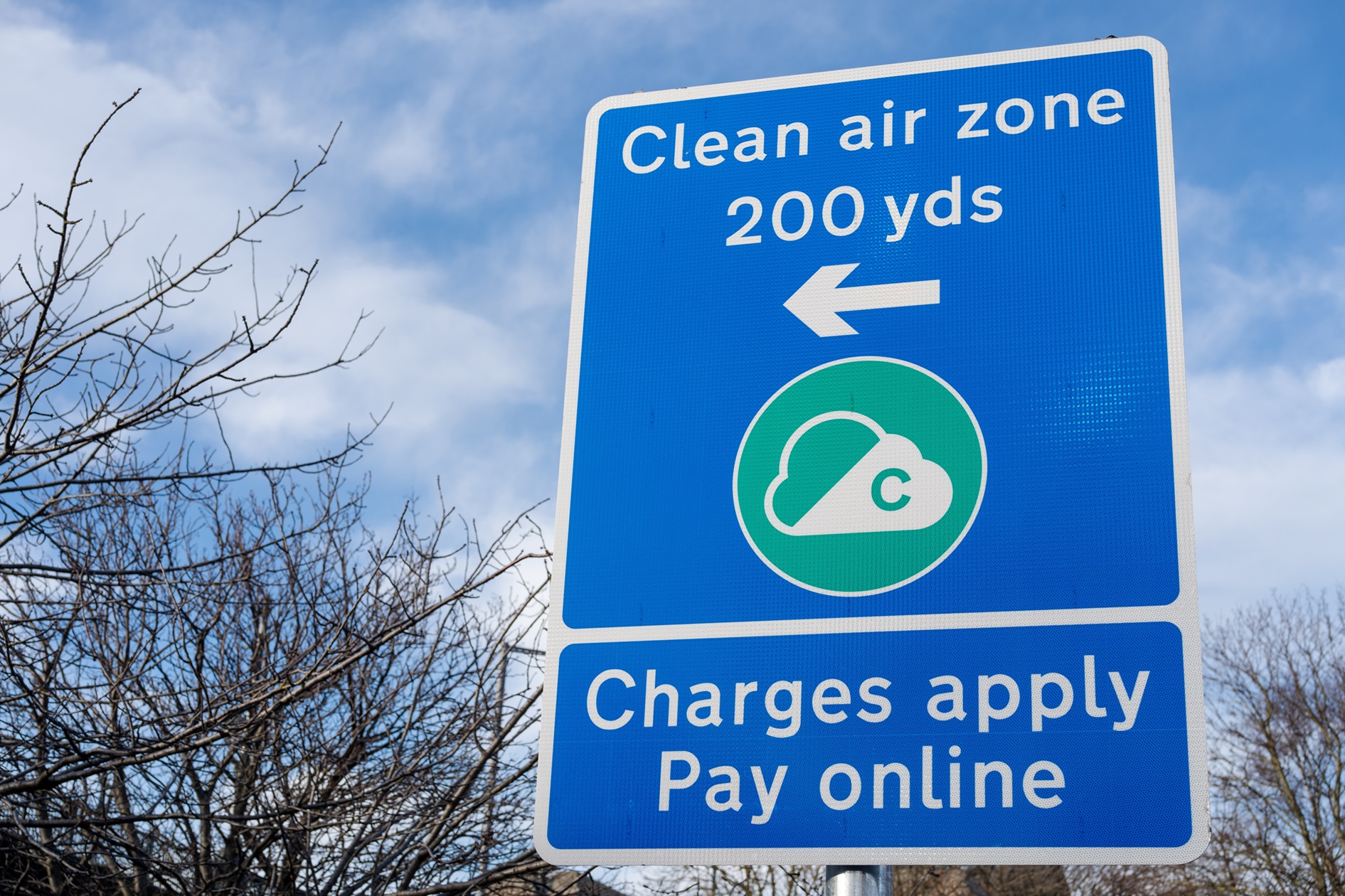
When announcing the end of funding, the government revealed that ongoing live monitoring of performance would be the focus going forward.
Thus, since December 2024, buses with SCRT retrofits have faced having CVRAS accreditation suspended if valid NOx data is not reported via telematics for 30 days.
Accreditation is reinstated on production of three days of complete telematics data.
The cost of not conforming could be high for operators which work within CAZ areas as they will be liable for emission control zone charges.
It means that thousands of retrofitted buses are falling short of the emissions standards and, in many cases, have no working telematics on board.
Some operators will have to work against the clock to comply with emissions zones controls.
“The issues are due to buses ageing, and questionable bus and system maintenance implementation,” says Mark.
“What we are seeing now is that, as the number of buses reporting online increases, more buses are being charged for zone access due to low NOx reduction.
“Some systems have been installed for six to eight years and some components, such as filters and catalysts, are either nearing or at end of life.
“Precious metal content on the system has eroded, which contributes to poor NOx reduction.”
Aside from London’s ULEZ and Low-Emission Zone, seven urban areas in England have CAZs: Bath, Birmingham, Bradford, Bristol, Portsmouth, Sheffield and Tyneside.
‘Lack of clarity’
Of the scenario which led to this situation, Mark adds: “There has been a distinct lack of clarity on the requirement for telematics, with different policies on the subject depending on location.
“The end result has led to operators not being aware of the requirement until recently. The message is now being clarified in terms of the expected NOx performance that must be evidenced to enter a zone.”
However, all is not lost, as Mark admits there is a “fix”. He says: “A Driveline refurb of an ineffective exhaust certainly helps to restore emission reduction performance as a whole.
The retrofit performance issues stem from the system being fitted to vehicles doing a difficult job on a difficult cycle. The initial guidance on telematics was lacking clarity
“Other considerations would be engine condition and maintenance standards as well as driving cycle. Where a system has been installed for a number of years a Driveline refurb can play a big part in helping operators with compliance.”
Speed is of the essence
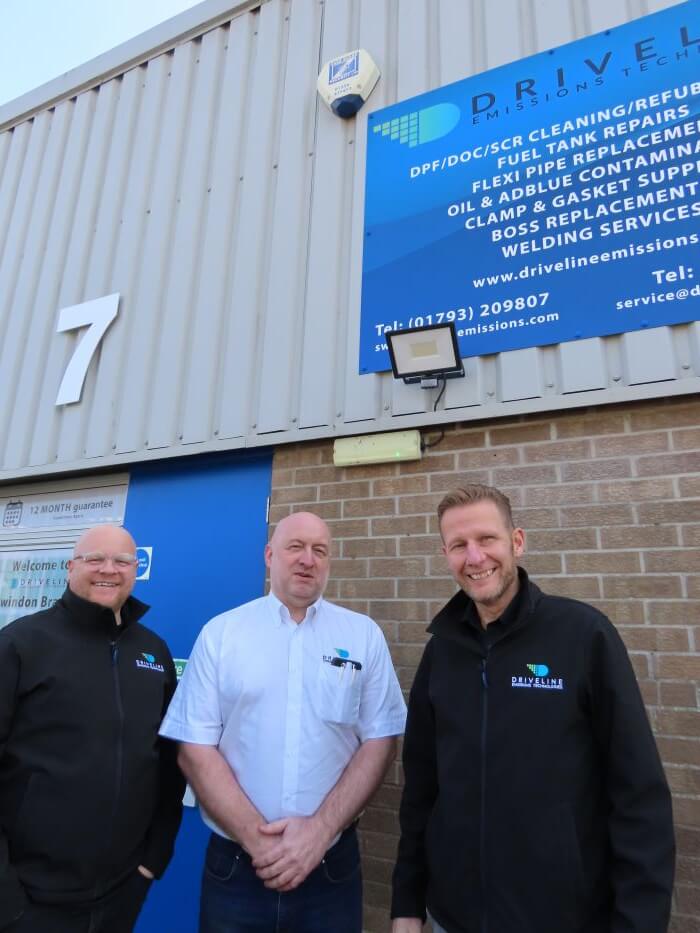
Speed of service is a big selling point for Driveline, according to Mark. That is due in part to having as many as 10 depots nationwide.
“If you’re in a Clean Air Zone area, we invariably have a depot nearby with our own vans with which we can serve coach and bus operators,” he says.
“We pride ourselves on our speedy turnaround. We work on a 24-hour turnaround for more routine cleaning works, such as diesel particulate filter and catalyst cleaning.
“We work to a target of 48 hours for more complex works, such as a full refurbishment of an exhaust system.
“That speedy turnaround is very attractive because your vehicle is potentially only off the road for two to three days instead of the extended period offered by some alternative suppliers.”
Elaborating on how else he feels the business stands out, he adds: “The cleaning methods that we use are rather unique in the industry and, as a result, we can successfully clean even the most heavily contaminated components.
“Our process starts with an initial analysis of the component to establish if a clean would be effective or if a refurb is required.
“The other element is that, in the event of being unable to successfully clean and recover a component, we can offer the customer a refurbishment of that part.
“Not only do we offer an unrivalled turnaround time, but we save operators thousands when compared to sourcing replacement parts from the manufacturer.”
The CVRAS scheme has come in for heavy criticism but, with the right maintenance, it is clear the intended results can be delivered.



















